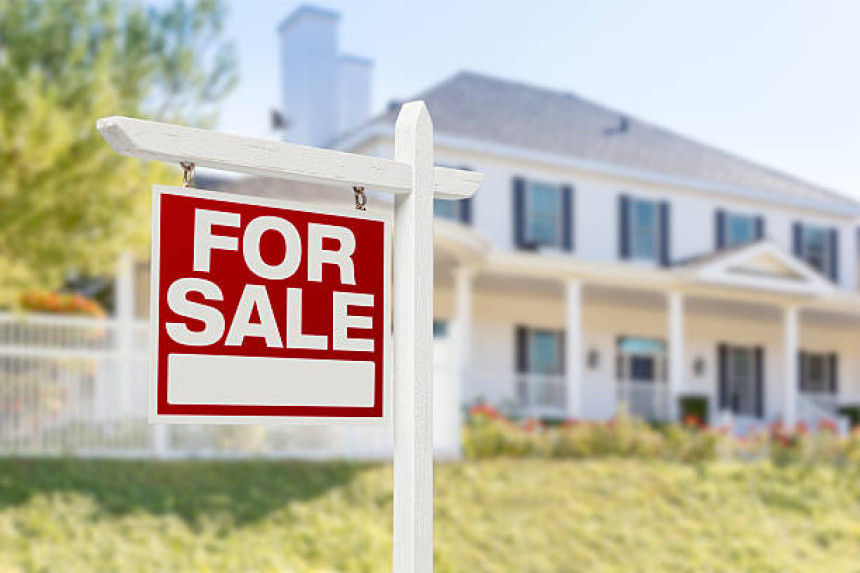
Building a custom home is one of the most exciting projects you can undertake. It’s a chance to create a space that perfectly reflects your lifestyle and personality. But turning that vision into a reality requires a team effort. Effective collaboration between you, your architect, and your designer is the cornerstone of a successful project. For those looking to start this journey, working with experienced Custom Home Builders in Adelaide like Rendition Group can make all the difference, ensuring a smooth and rewarding process from start to finish.
This guide will walk you through how to collaborate effectively with architects and designers. We’ll cover everything from understanding their roles to setting clear goals and navigating challenges, helping you build the home of your dreams with confidence and clarity.
Understanding Professional Roles
To collaborate effectively, you first need to understand what each professional brings to the table. While their roles can sometimes overlap, architects and interior designers have distinct responsibilities.
The Architect’s Role
An architect is primarily responsible for the structural integrity, functionality, and overall design of your home. They focus on the big picture, translating your needs into a buildable blueprint. Their tasks include:
- Designing the home’s layout, including room sizes and flow.
- Ensuring the structure complies with building codes and local regulations.
- Creating detailed construction drawings for the builders.
- Overseeing the construction process to ensure it aligns with the design.
The Designer’s Role
An interior designer focuses on the aesthetics and functionality of the home’s interior spaces. They work to make your home beautiful, comfortable, and a true reflection of your personal style. Their responsibilities often include:
- Developing a color scheme and selecting finishes like flooring, paint, and tile.
- Choosing lighting fixtures, furniture, and decor.
- Designing custom cabinetry and built-ins.
- Ensuring the interior spaces are both practical and visually appealing.
Finding the Right Professionals
Choosing the right architect and designer is crucial for your project’s success. You’ll be working closely with these individuals for months, so it’s important to find people whose style and work ethic align with yours. When searching for professionals, consider the following:
- Portfolio Review: Look at their past projects. Do you like their style? Does their work showcase the quality and attention to detail you expect?
- Check References: Speak with their previous clients to understand their experience. Ask about communication, professionalism, and whether they stayed on budget and schedule.
- Initial Interviews: Meet with potential candidates to discuss your vision. Pay attention to how well they listen and whether you feel a good rapport. A strong working relationship is built on mutual respect and understanding.
Strategies for Effective Communication
Clear and consistent communication is the key to a successful collaboration. Establish a communication plan from the outset. Decide how often you will meet, what communication channels you will use (email, phone calls, in-person meetings), and who the main point of contact will be for different aspects of the project.
Keep a shared document or project management tool to track decisions, questions, and progress. This ensures everyone is on the same page and helps prevent misunderstandings. Be open and honest with your feedback, but always remain respectful.
Setting Clear Goals and Expectations
Before the design process begins, it’s essential to define your goals and expectations. Create a detailed project brief that outlines:
- Your Vision: Describe the style, look, and feel you want for your home. Use inspiration photos from magazines or Pinterest to help convey your ideas.
- Functional Needs: List how you and your family will use the space. Do you need a home office, a playroom for the kids, or a large kitchen for entertaining?
- Budget and Timeline: Be upfront about your budget and desired completion date. A realistic budget allows your team to make appropriate recommendations and manage the project effectively.
Having these details clearly defined from the start helps your architect and designer create a plan that aligns with your vision and practical requirements.
Resolving Conflicts and Challenges
Even with the best planning, challenges and disagreements can arise during a custom home builder in Adelaide. The key is to address them constructively. If a conflict occurs, schedule a meeting to discuss the issue calmly. Listen to each professional’s perspective and work together to find a mutually agreeable solution.
Remember that your architect, designer, and builder are experts in their fields. Trust their professional judgment, but don’t be afraid to voice your concerns. Open dialogue and a willingness to compromise will help you navigate any bumps in the road and keep the project moving forward. A trusted partner like Rendition Group can help mediate and find solutions that keep everyone happy.
Conclusion
Building a custom home is a collaborative journey that brings together your vision and the expertise of skilled professionals. By understanding roles, communicating clearly, and setting firm goals, you can create a productive and positive partnership with your architect and designer. This collaborative spirit is what transforms a house into your dream home.
As leading Custom Home Builders in Adelaide, Rendition Group excels at managing these crucial relationships. We work with a network of trusted architects and designers to ensure your project is seamless from conception to completion.





